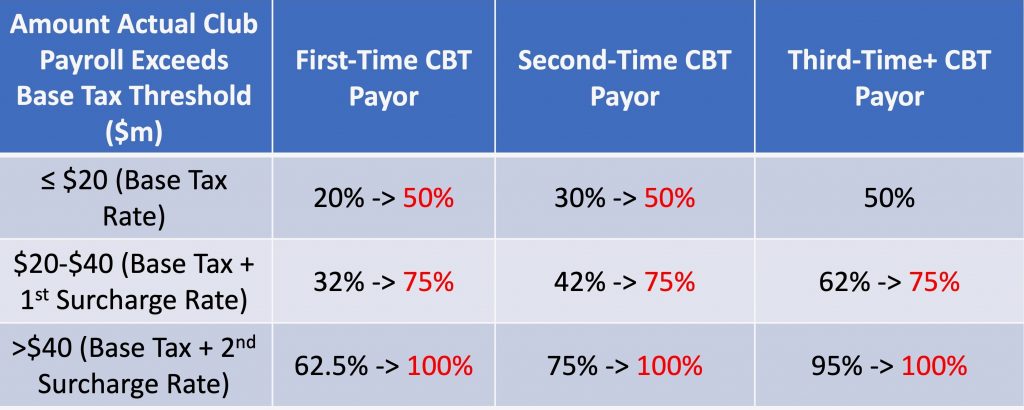Just over a week ago, MLBTR ran a poll asking for your predictions on when the season would start. The most optimistic option, that the season would start on March 31st as scheduled, was selected by just over 16% of respondents. The next most optimistic choice, that the season would begin between April 1st and 15th, garnered just over 18% of the vote. That means that almost two-thirds of voters expected a delay of two weeks or more.
Whether the situation has meaningfully changed in that time is a matter of opinion. For those on the pessimistic side of the spectrum, they could point to the fact that the two sides remain far apart in their respective positions, the most recent meeting lasting just 15 minutes and MLB announcing that Spring Training games won’t begin until March 5th at the earliest.
For those looking for glimmers of hope, they could point to the fact that both sides are planning to meet with greater frequency, perhaps daily, perhaps as soon as tomorrow. Maybe the stall tactics have been exhausted and the time for serious engagement has begun. Ben Nicholson-Smith hears that the MLB is willing to be flexible on some issues and that the MLBPA has said that there won’t be expanded playoffs if a full season is not played. Given that the owners are known to be seeking the extra revenue from those added playoff games, perhaps this ticking clock scenario will finally provide the urgency needed to make real progress.
Are the sleeves getting rolled up? Or is this all just for show? Is the ice about to crack? Or are we just seeing PR moves? After almost three months of mostly wasted time, can the next five years of baseball be ironed out in the next week or two?
What say you? Are you drowning in despair or does your hope spring eternal? Let us know in the poll below.
(link to poll for Trade Rumors iOS/Android app users)

